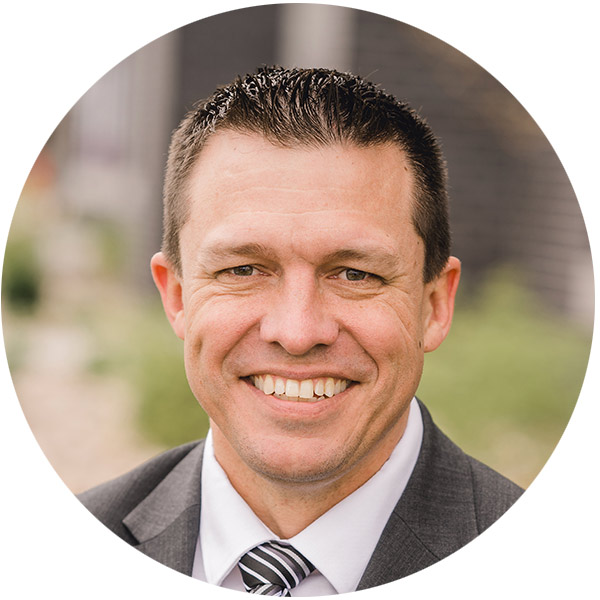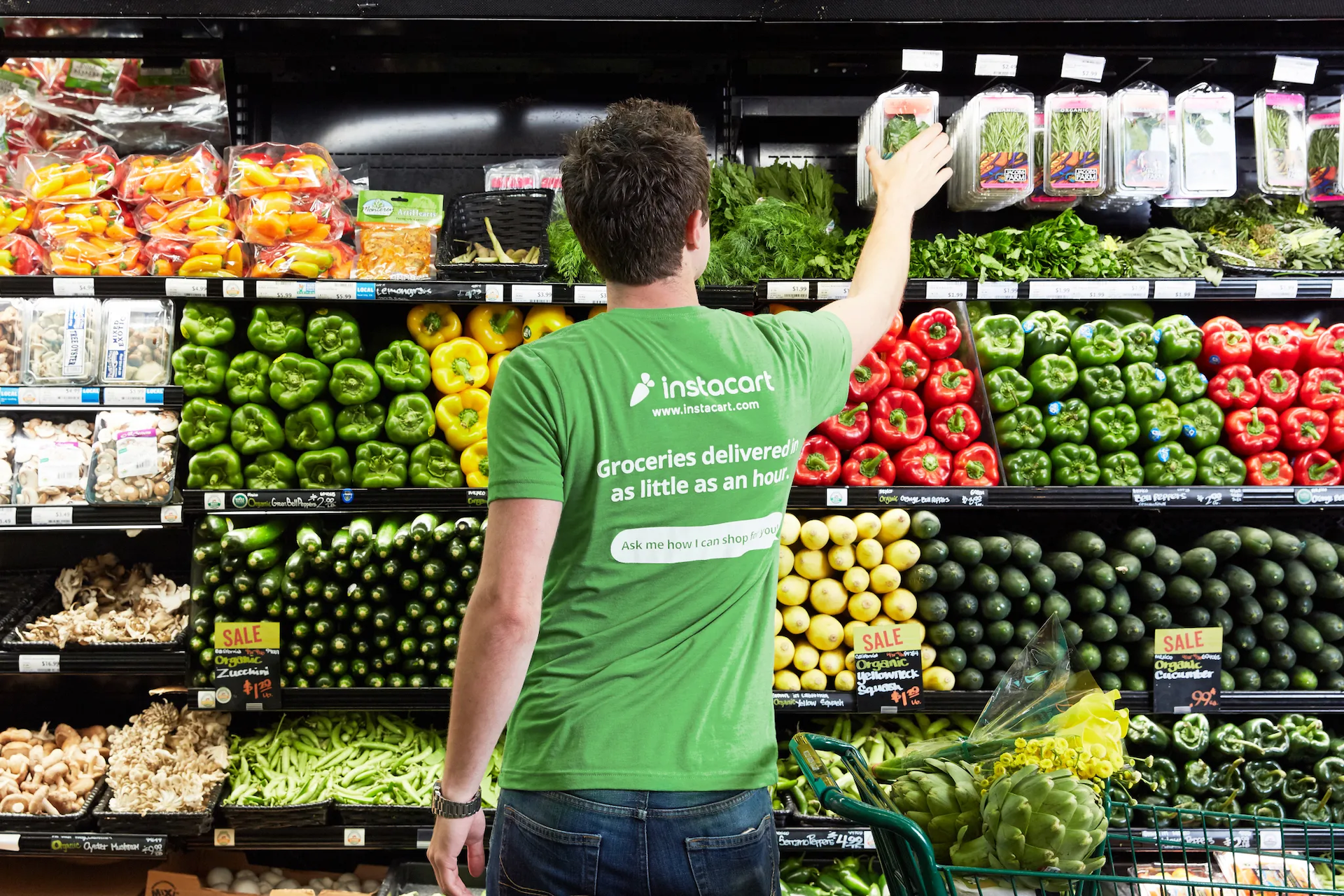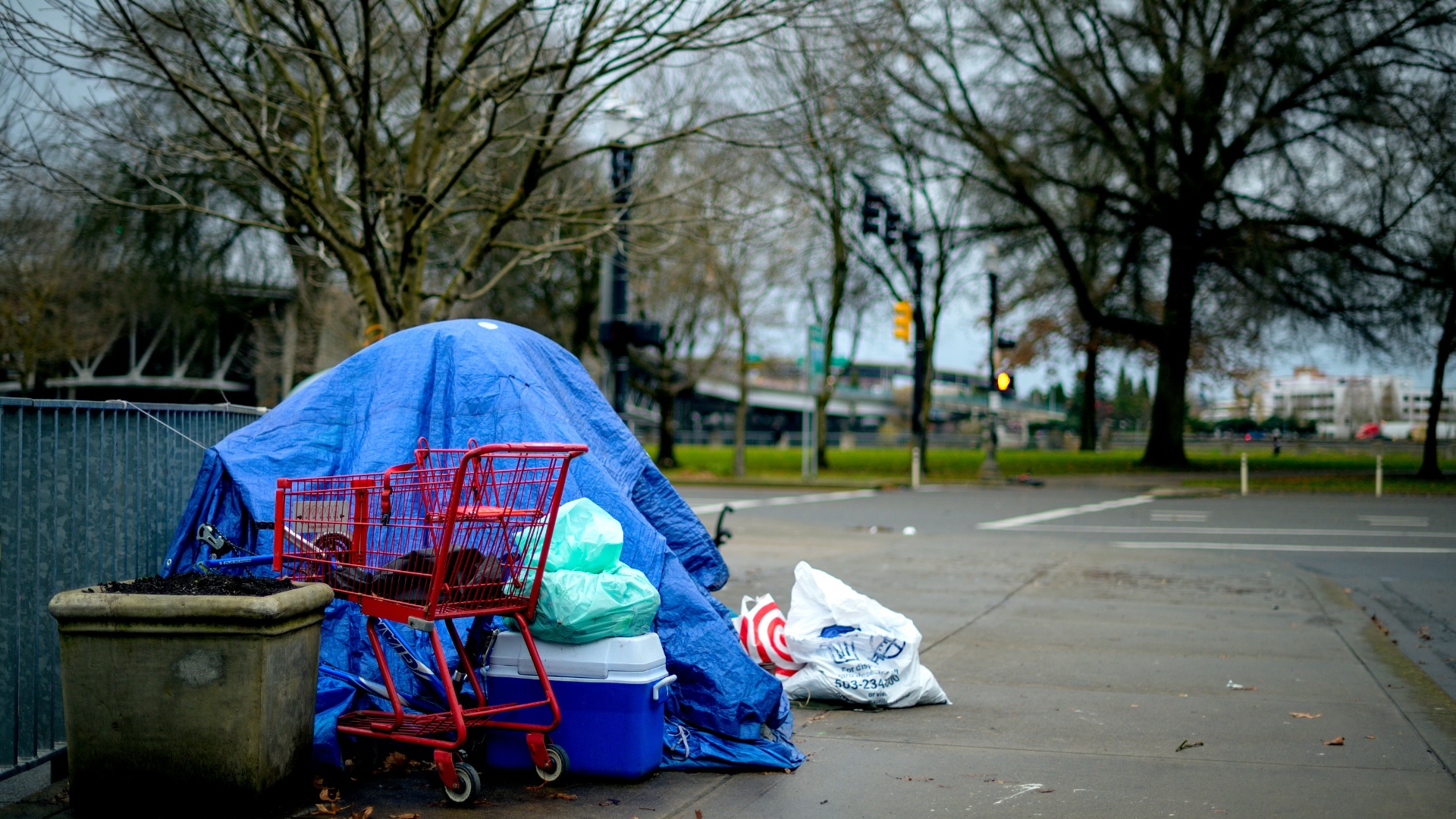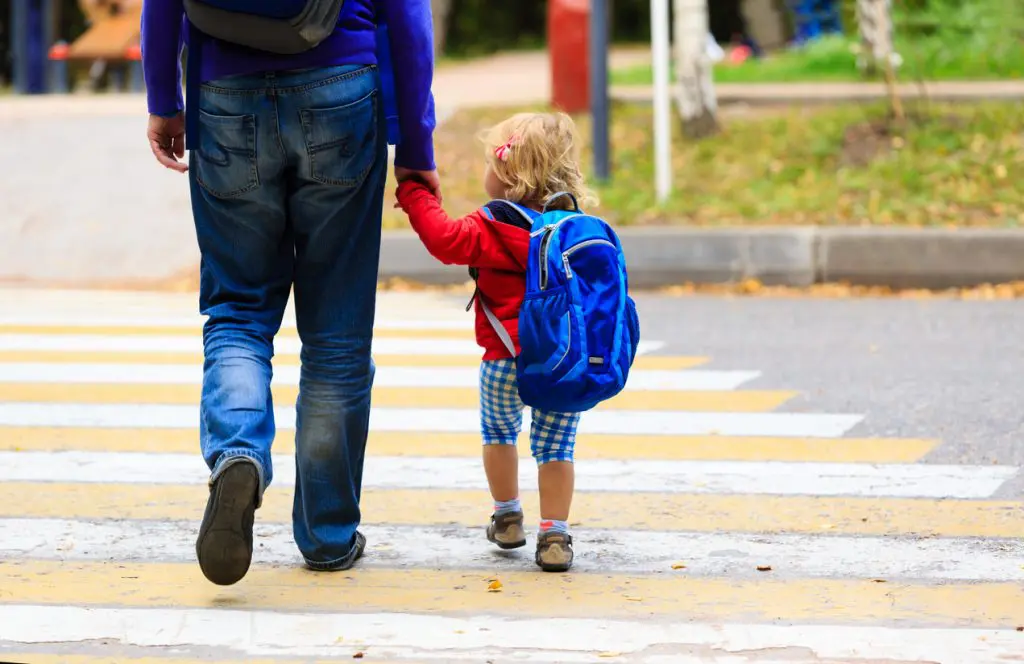A recent report from the Associated Press (AP) stated that the Houston Independent School District lost 22,000 students in 2020, with only half of those students returning in 2021. An Oakland school district is closing seven schools, and a few districts in Kansas are each cutting over 100 teaching positions.
Utah has not been immune from this exodus. Salt Lake City School District needs to cut up to 75 teaching positions, and has begun discussions about which schools it will need to close due to lack of enrollment. Their school board has kicked the can down the road and is using federal funds to delay any loss of jobs, but will have to make a decision by January or February of 2023.
A principal from Kansas asked, “Where did those kids go?”
It is an important question.
Families were disappointed with the educational offerings they saw following the 2020 school closures. Parents were looking elsewhere for what they needed, some because of masks and others because of a lack of mitigation measures from schools. These families chose to begin the year online, but quickly realized that what they saw wasn’t going to work.
Utah parents frustrated with school mandates and closures have organized themselves into dozens of groups to fight for their children’s education. These groups began taking a closer look at their own children’s public schools. They found curriculum, processes, books, and worksheets that made them uncomfortable, leading to further scrutiny as these parents found that their local public school was out of step with their values.
Is it any wonder that parents have not sent their children back to schools?
So, where have those families gone? They have made other educational choices.
Most of the enrollment declines come from families not enrolling their child for kindergarten. Many families are simply choosing to keep their children home from public schools, send them to private schools or find other education alternatives. In Minnesota, kindergarten registration fell by 9% in public schools while private school kindergarten enrollment grew by 12%.
Some began homeschooling. In fact, homeschool rates have almost quadrupled since before the pandemic, rising from 3.3% before the pandemic to over 11% in March 2021. That rate is sure to rise in the coming months and years. And it isn’t just wealthy, white families. Black families are homeschooling at a rate that is five times higher than before the pandemic.
The 2020 school year saw the creation of new education innovations like microschools and pandemic pods. As a principal during that school year, many families in my rural school boundaries formed such a pod. These families worked together to hire a certified teacher to educate their children. They had around 10 students in the class and the parents had control over the curriculum.
Parents continue to discover the myriad of educational opportunities and are leaving the public school status quo. These education innovations and realignment aren’t likely to slow down soon. Families will continue to leave schools to find better, more fitting options.





